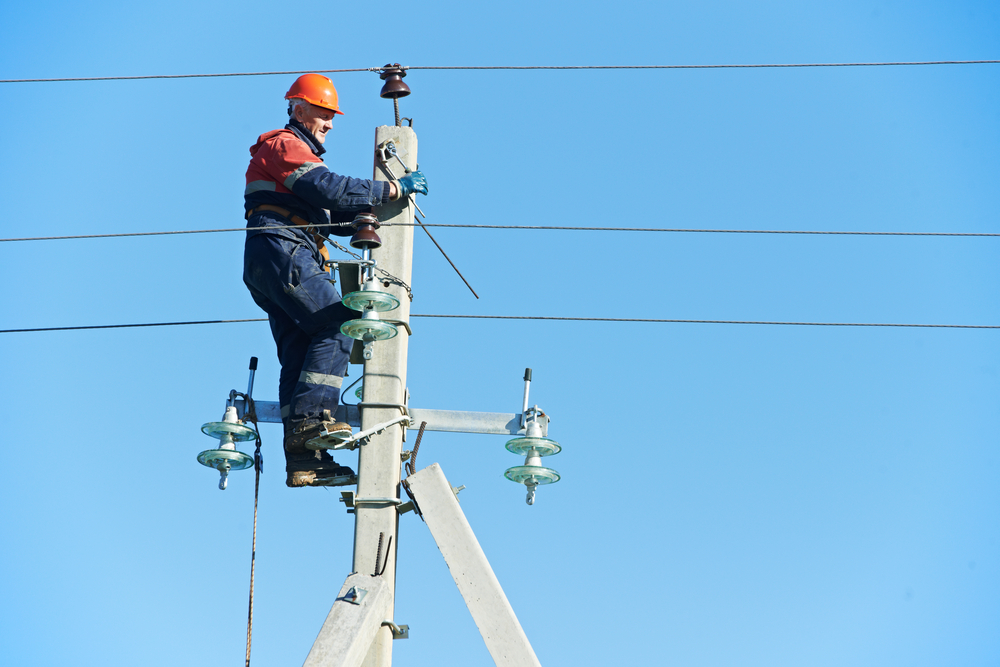It is true that various cables such as local electric distribution lines are more frequently installed underground for newer neighborhoods. Yet in many places the above ground conduit system is still the preferred choice.
In fact, in many cases the underground choice for transmission lines can only be justified by the lack of a viable overhead corridor. This only applies mainly for urban areas with dense populations, as well as around airports where aerial lines can become a hazard for aircraft.
So why opt for the more traditional above ground placement, when it’s clearly more visually appealing to hide them below the ground? Here are some of the more obvious reasons:
It’s often much less expensive. In fact, the cost savings for above ground systems can be considerable compared to below ground systems. A below ground conduit system can be at least 10 times more expensive, and in some cases the cost can be 25 times more expensive. That’s because digging through the ground to install the transmission lines requires more sophisticated equipment and a lot more manpower.
It’s much less complicated to go above ground. With underground systems, many types of special considerations must be factored in. You have to consider the characteristics of the soil, especially the thermal characteristics. The routes through the ground will have to be figured out carefully.
There may be terrain and obstacle issues. These can include railroad crossings, streams, bridges, roads and traffic, and also other underground systems already in place.
You also have to factor in all the disruptive consequences of digging to install these underground conduit systems. It can cause traffic and a lot of noise that can really annoy nearby residents and commercial establishments. The resulting traffic can be rather disastrous for the travel schedules of the residents in the area.
There’s also the environmental impact to consider. Don’t forget that you’re digging through the soil to install these conduits, and that can affect the environment of the neighborhood. Foundations of nearby homes can be affected. Extra care must be practiced when digging near foundations.
Improvements are easier to install. Electrical lines produce heat that must be dissipated. This limits the amount of power they can carry. Obviously, by being above the ground, the above ground conduit is more effective in dissipating this heat than conduits surrounded by soil. That’s why the most recent underground lines have higher thermal ratings, which means they’re able to handle higher temperatures than the older lines above the ground.
On the other hand, since these lines are above the ground then it’s much easier to make improvements on them and replace the lines with better cables. There’s no need for new digging or going through complicated procedures. With below ground systems, such improvements are much more complicated to do.
Repairs are also easier. Yes, it’s true that underground systems are less prone to suffer failures. But when they do fail, it can be a very complicated job to get the repairs done. It can cost a lot more, and it will take more time. The main problem is that the experts need more time to figure out the exact location of the problem that needs repair. Then there’s the logistical issue—the replacement materials may take a longer time to arrive since they’re not readily available.
That’s why a below ground power outage can last for as long as a month before the issues are fixed. With above the ground systems, the repairs can be done in just a single day. The problem can easily be seen, the workers can access the problem area more easily, and the repair materials are more readily available.
So let’s not abandon the use of an above ground conduit system anytime soon. In many ways, it’s still the better choice.
